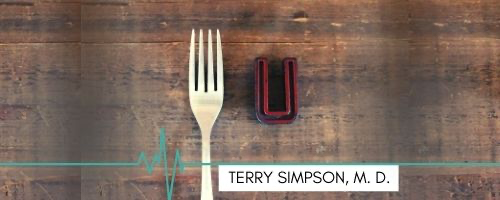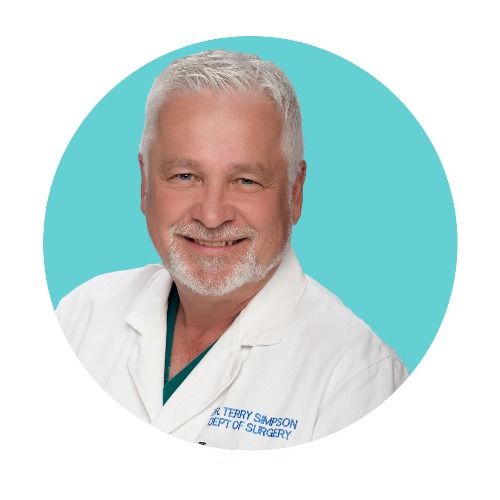Episode 91
Pasteurization Saves Lives: Milk Myths vs. Science
Milk: Life, Death, and the Paradox
Milk has always been central to survival. When mothers died in childbirth—and this happened often before modern medicine—infants survived only if they had access to another nursing mother or wet nurse. When that wasn’t possible, families sometimes turned to the milk of other mammals.
That discovery helped keep our species alive. However, milk’s role in human survival carried a hidden danger. While milk nourished infants, it also became a deadly carrier of disease.
When Raw Milk Killed Thousands
During the 1800s, raw milk was anything but safe. In New York City, dairies kept cows next to distilleries, feeding them whiskey mash. The resulting milk was bluish and watery. To disguise it, producers added chalk and plaster. Parents unknowingly gave this milk to children. According to estimates, 8,000 infants die a year from contaminated milk in New York alone.
Milk also spreads tuberculosis, diphtheria, scarlet fever, and typhoid. A simple glass of raw milk could kill.
Louis Pasteur and the Germ Theory
The turning point came with Louis Pasteur, a French chemist who proved microbes spoiled wine and beer. He developed the process of pasteurization: heating a liquid enough to kill pathogens without ruining flavor.
His discovery revolutionized public health. Pasteur’s germ theory of disease proved that invisible microbes caused illness. Applied to milk, this meant heating could save lives. Pasteur’s work inspired sterilization in surgery, the discovery of TB bacteria, and eventually vaccines.
The American Fight for Safe Milk
In the U.S., pediatrician Abraham Jacobi urged families to boil milk by the 1870s. Philanthropist Nathan Straus built pasteurized milk stations across New York. Mortality rates for children who drank Straus’s milk dropped by nearly 50%.
Pasteurization was not flashy, but transformative. Alongside clean water and vaccines, it became one of the greatest advances in human health.
Tragedy in Residential Schools
Indigenous children in Canada’s residential schools were forced to drink raw milk from cows raised on pasture. The cows looked healthy, but many carried bovine tuberculosis. Children sickened and died. In some schools, mortality reached 30–60% in just five years. Hundreds of unmarked graves discovered in recent decades reveal the human toll.
Even the cleanest farm or happiest cow can carry pathogens. You cannot see tuberculosis or E. coli in a glass of milk. Pasteurization is the only safeguard.
Raw Milk in the Modern Era
Despite history, raw milk has returned as a “wellness” trend. Politicians like RFK Jr. have promoted it, even doing raw milk “shots” with influencer Paul Saladino in the White House.
But nostalgia doesn’t erase microbiology. Just weeks later, Florida saw 21 people sickened—including six children—by E. coli and Campylobacter from raw milk. Seven were hospitalized. Two developed life-threatening complications.
If someone claims to support children, selling raw milk undermines that promise.
Myths vs. Facts
Myth: Raw milk has more nutrients.
Fact: Pasteurization causes <10% vitamin loss. Proteins, calcium, and fats remain intact.
Myth: Raw milk prevents asthma.
Fact: Studies show lower allergy rates in farm kids, but due to the farm environment, not the milk.
Myth: A clean farm means safe milk.
Fact: Even pristine dairies can harbor invisible pathogens like TB, Salmonella, or Listeria.
Myth: Pasteurization “ruins” milk.
Fact: Pasteurized milk is nutritionally the same, only safer.
Beyond Milk: Cheese and Juice
Pasteurization doesn’t stop with milk. Unpasteurized cheeses can carry Listeria, posing risks especially for pregnant women. Apple cider was once a source of E. coli outbreaks. After the FDA required pasteurization in the 1990s, those outbreaks plummeted.
Heat treatment is one of the most powerful—and overlooked—public health tools.
The Numbers That Changed Everything
In 1900, infant mortality in Montreal was 27%. New York saw similar rates. Today, it’s less than 1%. That dramatic drop came from sanitation, vaccines, and pasteurization—not from supplements or nostalgic diets.
So when someone says, “My grandfather drank raw milk his whole life and lived to 90,” the answer is simple. Visit the family graveyard. See how many of his siblings never made it out of childhood. That’s survival bias. Influencers profit from it. And in Saladino’s case, you wonder if he slept through microbiology class in the medical school where I once taught.
The Takeaway
Milk is life-giving, but unpasteurized milk has been deadly. Pasteur’s germ theory, Jacobi’s advocacy, Straus’s milk stations, and modern safety laws turned milk into a food we can trust.
Pasteurization doesn’t diminish milk. It preserves life.
References
- CDC – Raw Milk Outbreaks
- CIDRAP – Florida Outbreak, 2024
- ScienceDirect – Pasteurization & Infant Mortality
- Time Magazine – Raw Milk Safety
- Our World in Data – Child Mortality


